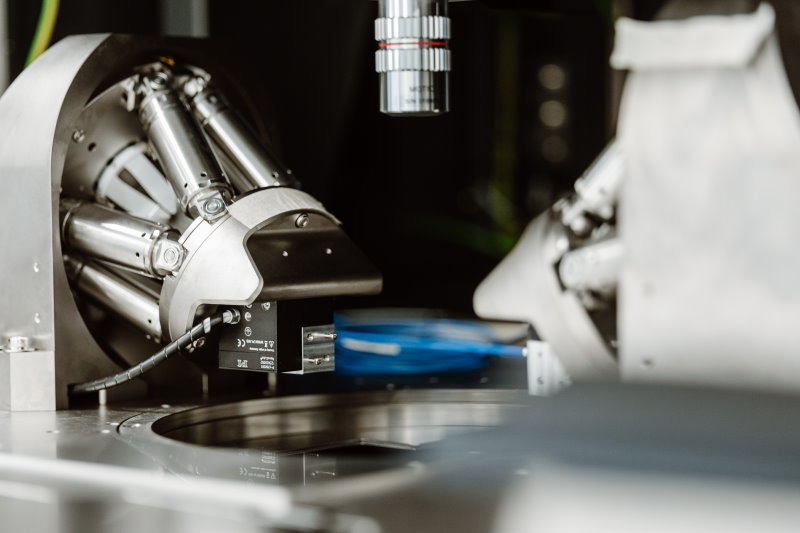Your cart is currently empty!
UT marries plain old silicon with exotic superlattice oxides
Researchers of the University of Twente (UT) have demonstrated a way to integrate so-called superlattice oxides (SLOs) on silicon. The trick is a 4 nanometer thick buffer layer of strontium titanate (STO). To show the utility of their discovery, the researchers put an SLO on silicon that can turn from conductor to isolator by mechanical means.
SLOs are nanolayer materials, which, depending on their composition, exhibit all sorts of interesting properties. These have scarcely been explored on silicon, however, since crystal lattices of the world’s most widely used semiconductor and SLOs are incompatible. Additionally, silicon and SLOs tend to chemically react.
The STO buffer layer takes care of these problems, allowing the UT researchers to put a functional nickelate superlattice on silicon. Tension between sub-layers allows the conductivity of this material to be switched through applying or releasing mechanical pressure. The result can be seen as a mechanical equivalent of a transistor.


